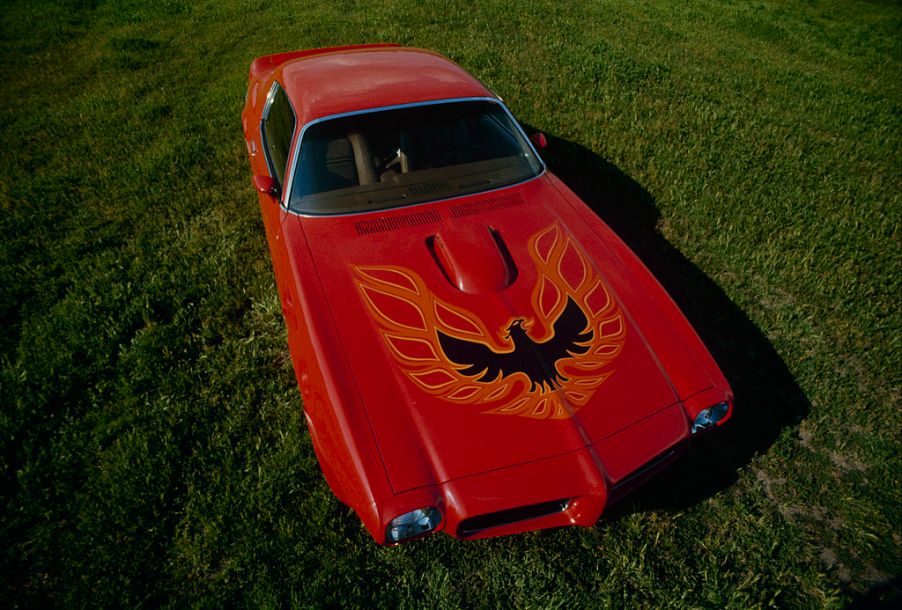
Classic Muscle Cars: Remembering the Pontiac Firebird
Few muscle cars are more iconic than the Pontiac Firebird. Since its arrival in 1967, the Firebird spanned four generations with all of the generations highly coveted by enthusiasts and collectors the world over. Let’s take a trip down memory lane and have a look at the evolution of the Pontiac Firebird.
First-generation Pontiac Firebird (1967-1969)
Pontiac followed Ford and Chevrolet into the muscle car market in mid-1967 with the release of the first Firebird, five months after Chevrolet released the Camaro. Despite sharing similarities with the Camaro, what made the Firebird different was the Pontiac engine it came fitted with.
There were five different options, each with respective engine choices. Although the six-cylinder engine option was more powerful, consumers preferred the V8 engines.
The following years saw the Firebird undergo changes both to its exterior and interior design as well as performance. In 1969, Pontiac launched an option called the Trans Am. The Trans Am package was a representation of the performance excitement of the Pontiac at the time.
Second-generation (1970-1981)
The second-generation Firebird went on to dominate the mid-1970s. For 1970, Pontiac reduced the Firebird lineup to four and also did away with the convertible version. The Trans Am was still around though and featured the best-tuned suspension.
In 1971, Pontiac significantly changed the engine options to meet emission standards. The company added two 455 V8 engines making 325 and 335 hp. The following year was however not great for the Firebird. In fact, executives even considered dropping the car altogether.
The introduction of the Super Duty 455 V8 engine and a new Firebird decal saved the Firebird and established it in the lead of a failing muscle car industry. In 1978, Pontiac offered several special edition Firebirds to try and capitalize on the car’s popularity. Unfortunately, the Firebird would end its second-generation poorly with sales falling short of expectations.
Third-generation (1982-1992)
The third-generation Pontiac Firebird was new in many ways. Introduced first in 1982, the third generation Firebird featured all-new sheet metal and a lineup reduced to Base, S/E, and Trans Am models.
Most consumers went for the S/E 2.8-liter V6 engine which produced 105 hp or the optional 5.0-liter V8 engine that made 145 hp. For 1983, Pontiac boosted the S/E’s engine’s power to 125 hp while making a manual five-speed transmission available.
1987 saw Pontiac fit the Firebird with a new 5.7-liter V8 which was rated at 210 hp. Pontiac put out a special Trans Am to mark the Firebird’s 20th anniversary. The 1989 Trans Am was fitted with Buick’s 3.8-liter turbocharged V6 engine that gave off 250 hp.
However, Pontiac reverted to the regular Firebird engine choices, dropping the Buick engine the following year. The big news for the third generation Firebird was the 1991 return of the convertible option.
Fourth generation (1993-2002)
The Firebird was further revised for its fourth generation. The exterior was dramatically aerodynamic and featured a new front suspension. The lineup also featured the Base, Formula, and Trans Am models.
While the convertible model was dropped for the 1993 production year, it was re-introduced in 1994. Pontiac also introduced a GT Trans Am version though this was dropped the following year.
Pontiac put out the LS-1 V8 engine in 1998 to replace the LT-1. The new engine produced 305 hp for the base model and 320 hp in the WS6 mode. These ratings were improved in 2001 to 310 and 325 hp, respectively.
2002 was the final year of the Firebird, and it saw Pontiac release a 35th-anniversary version of the car. The model was a Trans Am that had black wheels, special graphics, and yellow paint.
Although fourth generation Firebirds resembled the power and speed of the glory days, the changing preference and decline of the sports coupe market ultimately led to its downfall.


